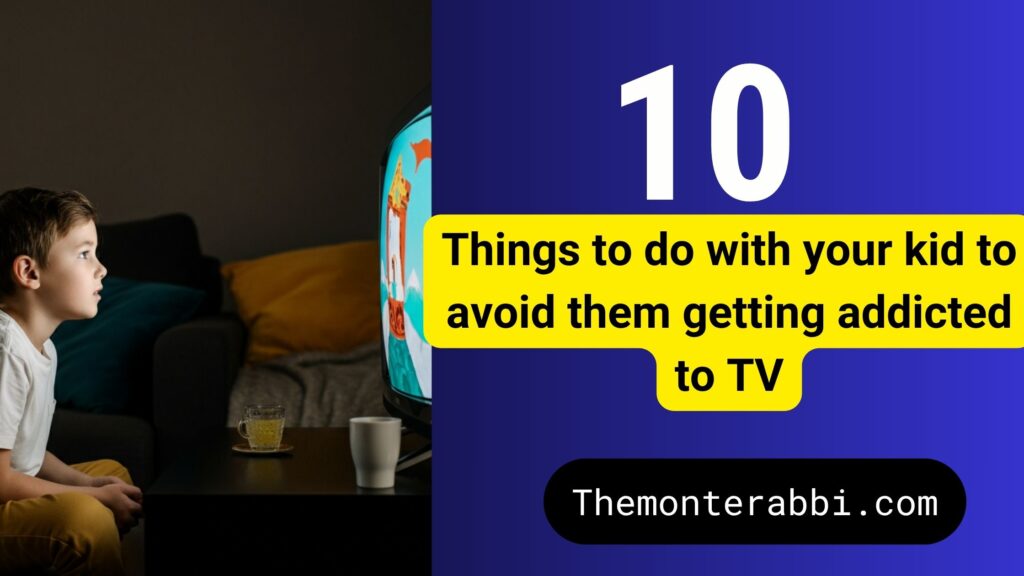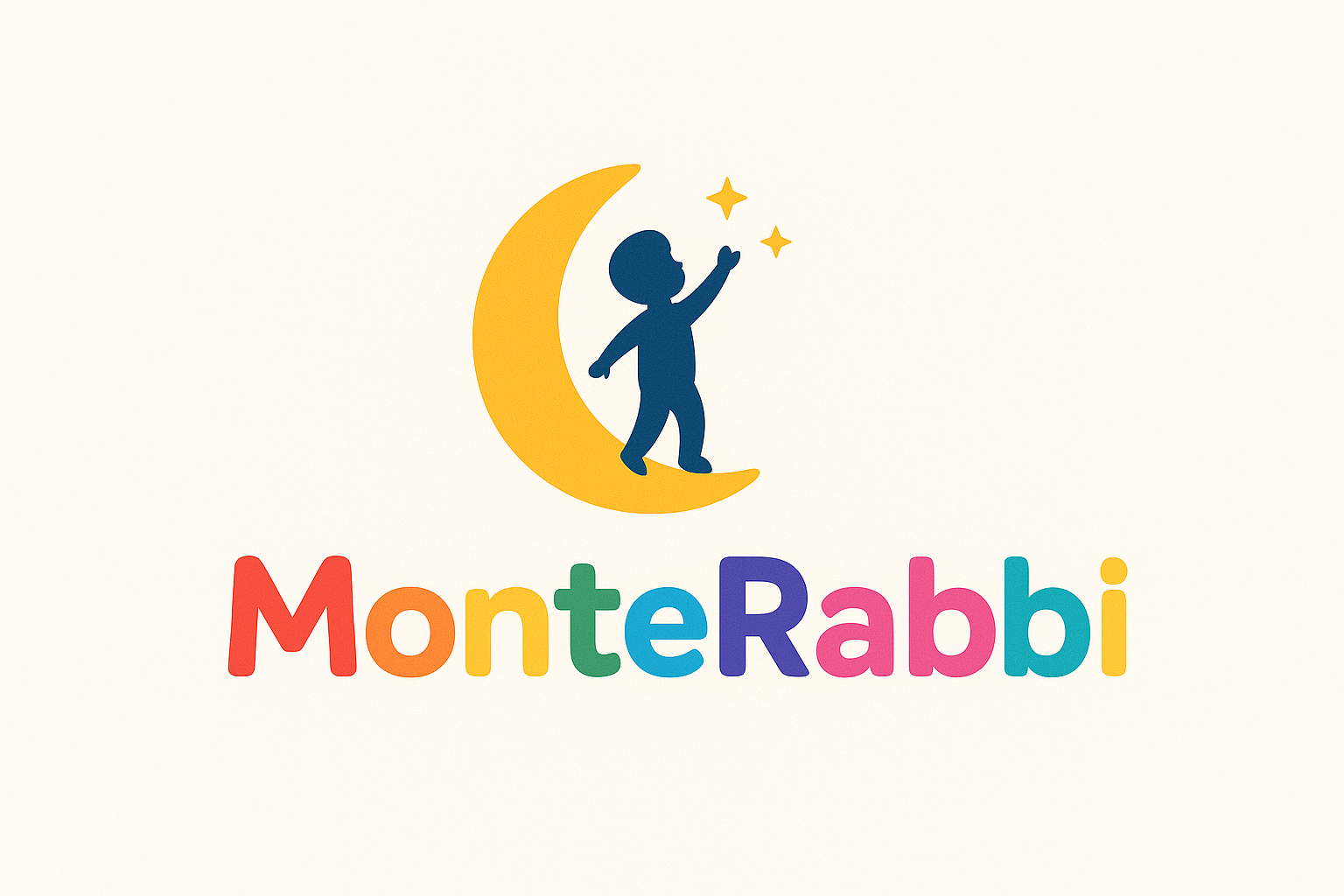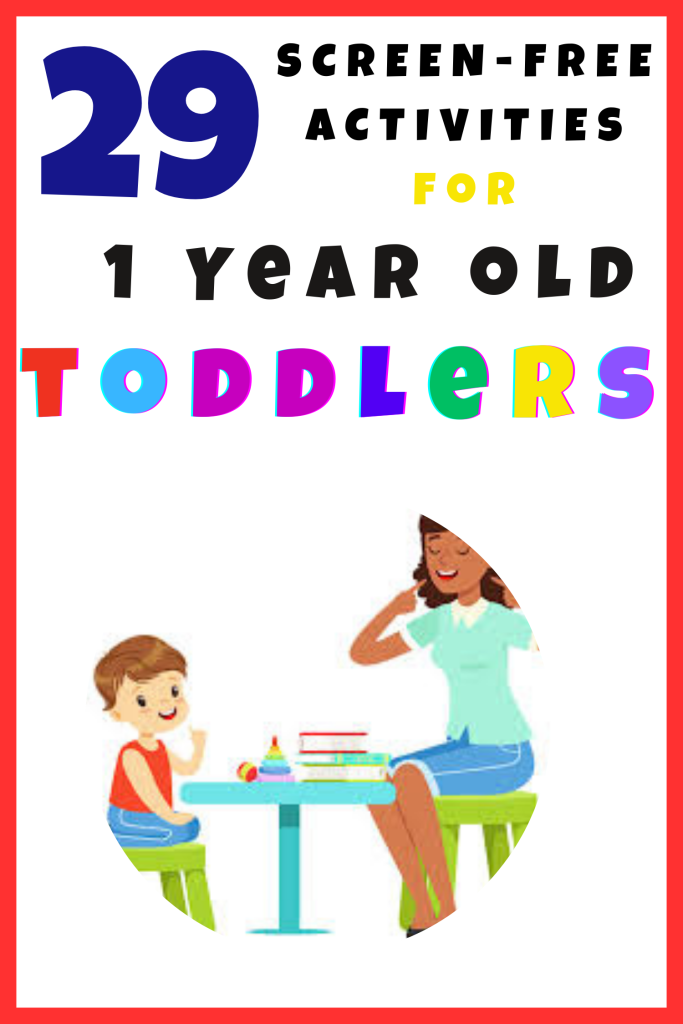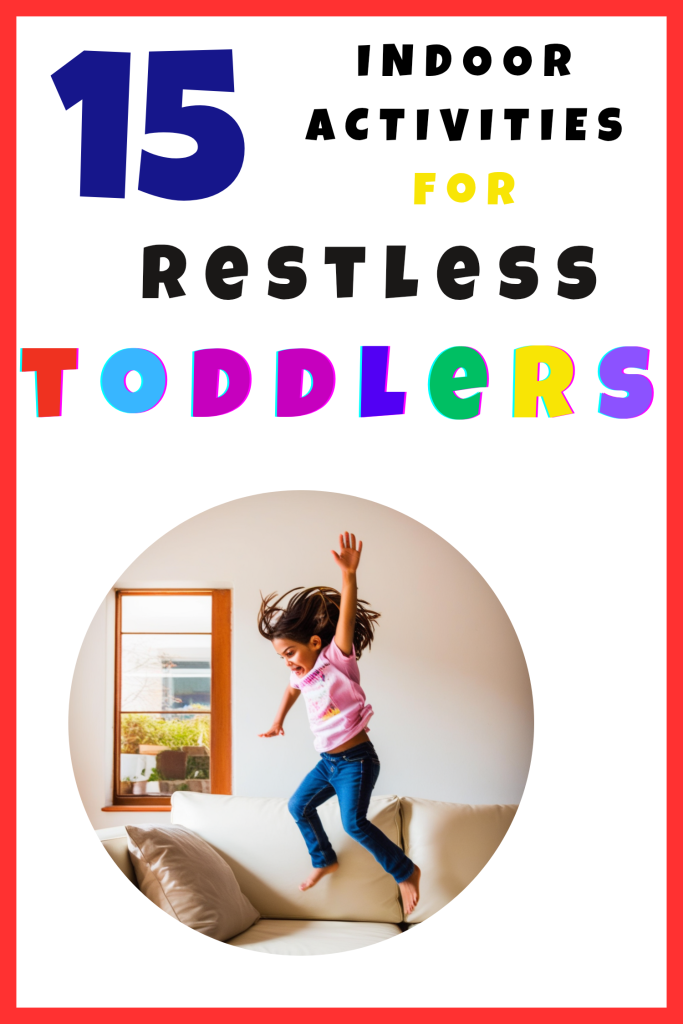
It’s tempting, I know.
You’ve had a long day at work, traffic was brutal, and your one-year-old is bubbling with energy the moment you walk through the door. You just need ten minutes to breathe or catch some well deserved 10 mins of zzzs, and the easiest fix is right there — that colorful screen that keeps them still and quiet.
But here’s the truth no one likes to admit: that screen is not your friend when it comes to your baby’s development.
What Happens When the TV Babysits
At age one, your child’s brain is growing faster than it ever will again. They’re soaking in sounds, faces, movement, tone — everything. But the TV doesn’t talk with them. It talks at them.
When the TV becomes the babysitter:
Your baby gets less face-to-face interaction, which is how speech and emotional understanding grow.
Their attention span shortens, because flashy lights change faster than real life ever does.
They miss out on movement, touch, and exploration — all crucial for physical and sensory development.
And no, “educational” cartoons don’t replace you. The most educational thing your child can look at is your face.
Real Life Happens After Work
I get it. You’re tired, and your little one is bursting with energy. You don’t need elaborate activities or Pinterest-perfect setups. You just need simple, real-life bonding moments that both of you can enjoy without screens.
Here are some easy, no-stress ideas you can try after work:
1. The Kitchen Explorer

Give your one-year-old a few safe kitchen items — plastic bowls, wooden spoons, measuring cups. Sit with them as they bang, stir, and “cook” beside you. It’s noisy, but it’s music to their growing brain.
2. Toy Rotation Time

Pull out a few toys at a time and keep the rest hidden. That way, each evening feels like a mini “new toy” surprise. Talk about colors, shapes, and what each toy does.
3. Music and Dancing

Turn on soft music (not cartoons), hold your baby, and dance around the living room. It’s exercise, connection, rhythm, and laughter all rolled into one.
4. Bedtime Story Picnic

Spread a blanket on the floor, grab two or three board books, and read together. Even if your one-year-old wanders off, keep reading. They’re still listening, still learning the melody of language.
5. Evening Walks
After work, step outside for a short walk — even 10 minutes. Point out trees, cars, birds, dogs. This builds vocabulary and calms both of you after a long day.
6. Sensory Play

Fill a basin with water, add a few floating toys, and let your baby splash while you sit nearby. It’s fun, calming, and builds hand-eye coordination.
7. Peek-a-Boo and Chase

Classic games like peek-a-boo or gentle “I’m gonna get you!” chases around the couch build anticipation, laughter, and trust. No fancy toys needed — just you.
8. Dinner Together

Let your baby sit at the table, touch food (even if they mess it up), and watch you eat. Shared mealtimes are golden for communication and emotional security.
9. Mirror Talk
Sit in front of a mirror together and make faces — happy, sad, surprised. Say the emotions out loud. It helps with emotional awareness and bonding.
10. Wind-Down Cuddles
Before bedtime, dim the lights, play gentle music, and hold your child. Talk softly about the day: “We went outside… you saw the cat… you splashed water…”
It builds memory and language.
Why This Matters
TVs will always be there. But your child will only be one once. These small moments — messy, noisy, imperfect — are the ones that wire your baby’s brain for curiosity, empathy, and love.
After all, no episode of Cocomelon ever made a child feel truly seen. But you can — just by being there, even for a few minutes each evening.


